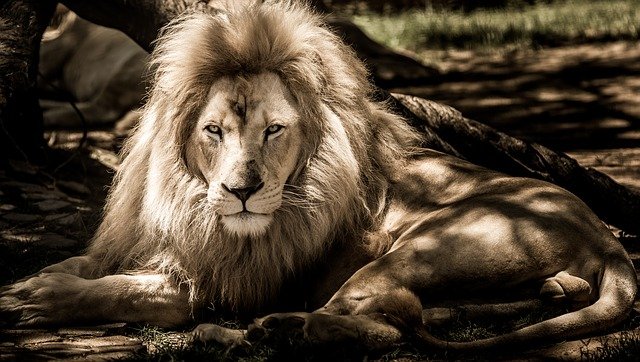Pictures: They Really Do Say A Thousand Words
A picture of a field—it shows infinite grasses, each blade of which would take sentences to describe fully. Shades of light, shades of color, depth of field, background images, and diversity of visual subject matter all require a lot of words to describe. A picture truly does tell a thousand words. When sequenced with other words, a short story emerges.
Just a handful of snapshots can convey a wealth of information. Plus, “ingesting” that information is a lot easier through pictures than through reading, and it’s faster. These are just a few reasons people love to tell stories through photographs. However, getting the “balance” right isn’t always straightforward.
For best results, in this writing we’re going to go over a few strategies and tactics you might use to get exceptional “stories” out of your pictures; whether during the moments in which they’re captured, or creatively after the fact.

1. Capture Pictures: Lots Of Pictures
First things first: you are no longer limited by film rolls. Where before, you couldn’t take more than thirty pictures on one roll of film, now you can take thousands on the same phone. So why are you only taking one or two? Snap pictures in staccato fashion, and get as many as you can. When you’ve got them on your computer later, delete the “lemons”, if you will.
When you have a hundred pictures for ten minutes of activity, you can string together the best ones to tell a very interesting story of what happened, and all you have to do is put them together in a linear fashion: start at the beginning, push through to the end. Any fuzzy or otherwise “bad” pictures can be deleted from the sequence.
2. Get A Little Advice From Known Professionals
Something else you want to do is set yourself up for success by getting good advice from the right people before you take a single picture. They’ll tell you things about angles, lighting, etc. For a little background, here are some selfie tips in photography that can definitely help you capture better stories through pictures, and put them in proper sequence.
A solid selfie is a strong part of many pictorial stories and helps give detached viewers a better idea of your own perspective. If the stories are just for yourself, then you want to see where you were and what you were like in the midst of their capture. In either scenario, solid selfie tips are considerable.
3. Be Sure Lighting Is Up To Your Needs
This was briefly mentioned in the last message. Essentially, you want to think about lighting with whatever photography you’re doing. This is especially important when you’re telling a “story” with pictures. The difference worth noting is that, with a story, there can be something that is aesthetically worthwhile to a few pictures that feature dim lighting.
Say the story being told is how a bunch of cowboys ran a massive cattle drive. Maybe the shadows of the cows are passing by a cowboy on a horse. A few photos with bovine shadows drowning out his silhouette may help tell the story of the associated scale. For the most part, you want more, brighter, more “descriptive” lighting; but there’s a place for dark pictures too.

Telling Compelling Stories Through Pictures
Solid lighting, acquiring advice from known professionals, and capturing lots of pictures represent some of your best strategic steps as regards telling pictorial stories. The medium of photography is ideally situated toward such stories. But keep in mind, you don’t necessarily have to capture them with good light, in bunches, or sequentially.
You can also grab pictures out of a group of them and combine them together to tell your own stories. Remember, it’s all in the name: “story”. You can tell a fictional as well as a factual tale, depending on your preferences. So, lastly, as you put together visual stories with pictures, have fun!
